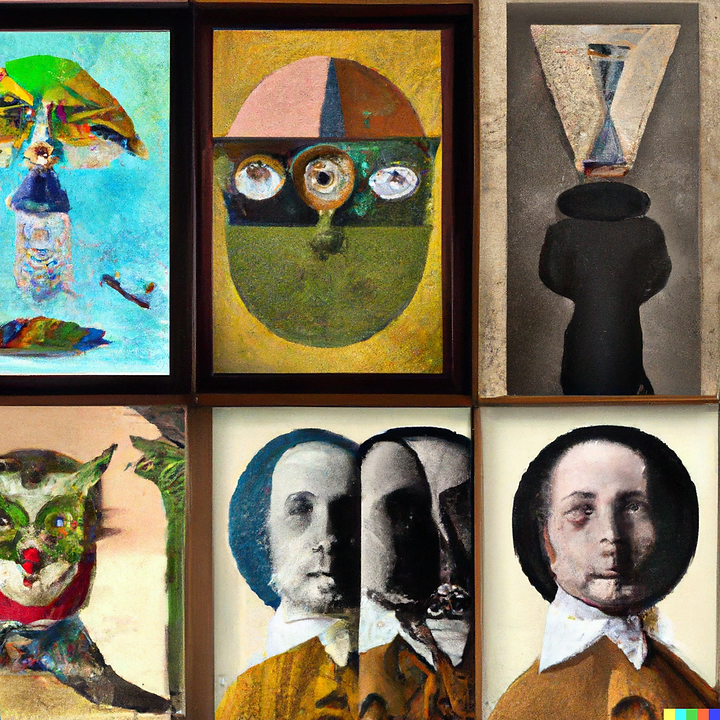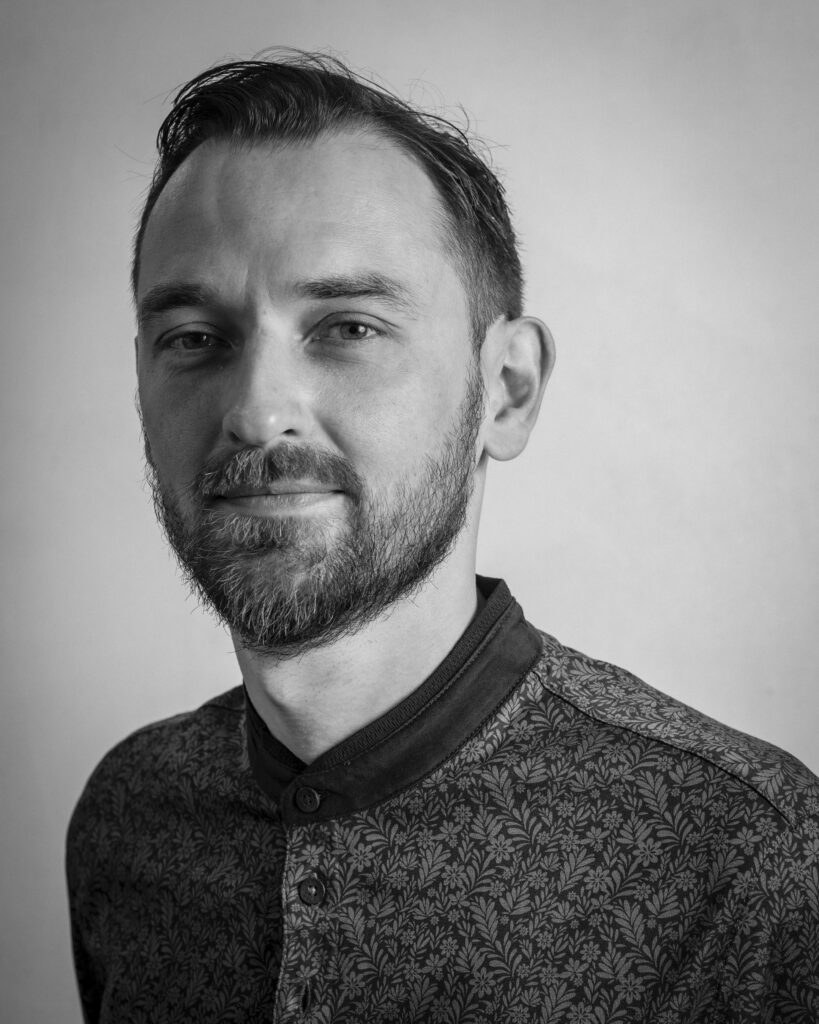
“The spectator is the most important
element in the art of the future.”
Marcel Duchamp
Imagine entering a museum and seeing an extraordinary work of art. It invites you to question reality and answer simple questions. It stays in your mind, and you come to realize that upon leaving the museum, you are no longer the same person.
By Ihor Biloushchenko
How exactly does art engage spectators and inspire personal growth and sometimes societal transformation?
Woven from fragments of experience
Prominent psychologists and psychoanalysts such as Jacques Lacan, Carl Jung, Lev Vygotsky, and others stated that our persona is a social construct, combining our experiences, emotions, and unconscious desires.
Jacques Lacan suggests that our foundation for persona formation lies in childhood, when we first recognize our reflection in the mirror. During this stage, we construct an idealized self-image. Later, according to Carl Jung and Lev Vygotsky, the persona gets influenced by societal expectations and personal encounters. Also social interactions and the internalization of cultural tools keep shaping our persona.
As we continue to encounter new impressions, our persona remains fluid rather than static, an evolving social construct that is constantly changing because of the new experiences. Visually it reminds me of the fascinating paintings of Guiseppe Arcimboldo where various objects come together like in a mosaics to shape a portrait of a person. But the effect of constant transformation can be found in different artists, e.g. Haystack by Claude Monet, Nude descending the staircase by Marcel Duchamp.
Art as a gateway to interaction
It means that throughout history, art has constantly demonstrated its power to challenge and provoke thoughts. From ancient Greek tragedies to contemporary street art, artists used their creations to engage spectators on various levels.
When art deeply resonates with you, you engage with it on multiple levels: visually, emotionally and intellectually. This interaction initiates a dialogue with the artist’s intentions and opens doors to entirely new worlds gaining new insights. The more layers we unravel through our engagement, the greater the opportunity to merge with the artist’s vision and tap into the transformative potential of the artwork. This interaction with art becomes an invaluable source of experience, expanding our understanding and challenging our beliefs.
When art triggers self reflection and encourages exploration of different perspectives, it catalyzes internal transformation, providing us with new insights and fostering personal growth. This transformative process becomes a continuous spiral of evolution, influencing not only our individual development but also contributing to the evolution of society.
In contemporary art, some artists go beyond mere observation and embrace participatory and interactive elements. For example, Olafur Eliasson by inviting viewers to actively participate or co-create the artwork forges a deeper connection between the spectator and the art itself. Through active engagement with the creative process, spectators immerse themselves in the artwork, intensifying its transformative impact and personal relevance.
This shift towards participation and interaction in art is often viewed as a democratization of the art world. By focusing on the spectator’s experience, contemporary art embraces a broad spectrum of voices and perspectives, fostering an inclusive dialogue that enhances the transformative power of art. This shift challenges the traditional role of art critics by expanding the interpretation.

Art’s transformative power goes beyond individual experiences and extends to societal and global dimensions. As our world faces complex challenges, art emerges as a catalyst for collective transformation. Artists use their creations to address pressing social, political, and environmental issues, raising awareness and inspiring change. By pushing boundaries and confronting societal norms, art becomes an agent of social progress and contributes to shaping a new humanity.
What do we want to change to?
Art can challenge and confront us so we start to question our existence. It leads us to the metamorphosis. But do we know what we want to change to? Can we become a Kafka’s insectthat doesn’t fit in the society? Or is it society itself that has to change with us?

References and further reading:
Arnheim, R. (1954). Art and Visual Perception: A Psychology of the Creative Eye. University of California Press.
Duchamp, M. (1912, 1966). The Creative Act. [Source]
Eliasson, O. (2019). Ice Watch.
Eliasson, O. (2004). The Weather Project.
Gombrich, E. H. (1950). The Story of Art. Phaidon Press.
Jung, C. G. (1976). Psychological types. Routledge.
Lacan, J. (1949). The Mirror Stage as Formative of the Function of the I as Revealed in Psychoanalytic Experience. Écrits.
Monet, C. (1890-1891). Haystacks series.
Vygotsky, L. S. (1978). Mind in society: The development of higher psychological processes. Harvard University Press.

Be the first to comment